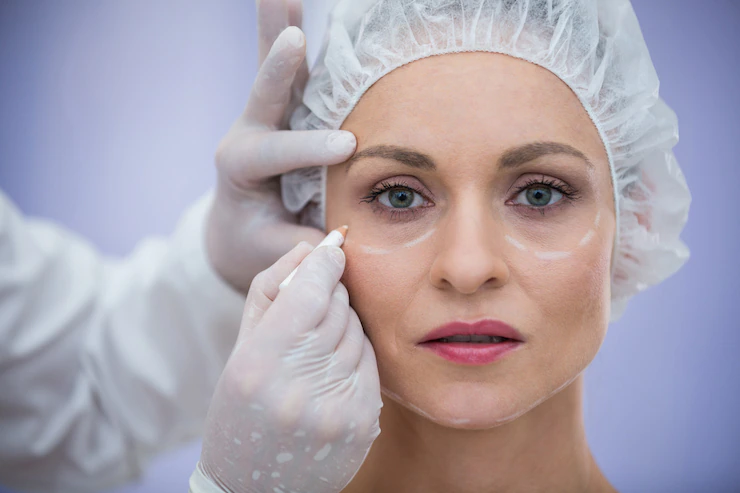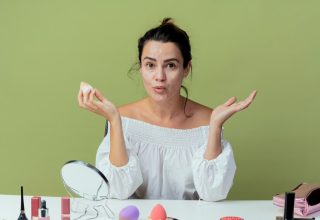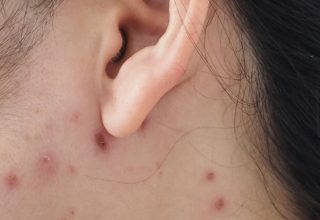Cheeky Bones: Botox Journey From Ancient Practices To Modern Cosmetics
Botox, formerly known as botulism toxin and Botulinum toxin type A, is a neurotoxin that inhibits the release of acetylcholine from neuromuscular junctions. Its use in medical procedures dates back to antiquity and it was first used to treat muscle spasms and other conditions in the 1950s.
Though it was originally developed as a medical treatment, the use of botox for cosmetic purposes has increased in recent years. Today, it is commonly used to improve wrinkles, lines, and other facial features.
Body modifications of any kind used to be exclusive to the wealthy, but today’s technologies make botox much more accessible to the average person. This has helped make botox one of the most popular cosmetic treatments on the market.
Earliest Records Of Botox Creation And Use
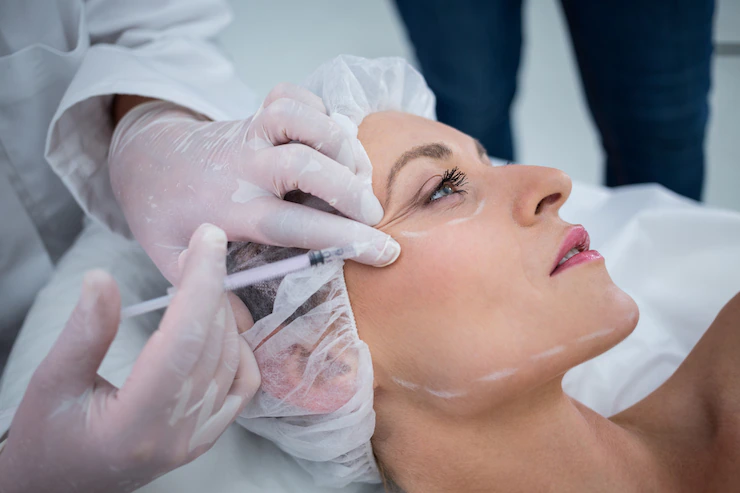
The use of botox can be traced back to as early as 300 BC when the Greek physician, Galen, wrote about its use to treat muscle spasms. Galen is considered the father of Western medicine and his works influenced many subsequent physicians.
There are also a few accounts of ancient Egyptian mummies having been found with traces of botox on their skin. It is believed that these mummies were treated with botox to smooth out wrinkles and age spots.
In 1895, a German doctor, Paul Ehrlich, first isolated botulinum toxin from the bacterium Clostridium botulinum. He used it to treat muscle spasms and other medical conditions.
There were instances where botox was used as a pain reliever, a treatment for glaucoma, and a treatment for various types of headaches. Since then, other solutions have been put into place for these conditions like alternative medications and surgery.
Botox’s Modern History
In 1967, botulinum toxin was used to treat a woman with facial paralysis due to a spinal cord injury. This was the first time that botox was used for cosmetic purposes.
The use of botox for cosmetic purposes increased in the 1980s when its popularity as a medical treatment began to wane. By this time, it had been dubbed “the wrinkle buster” and was being used to reduce wrinkles, lines, and other facial features.
Today, Botox is commonly used to improve the appearance of wrinkles, lines, and other facial features. It is also sometimes used to reduce the size of under-eye circles and blemishes.
Botox’s Journey Into Cosmetics
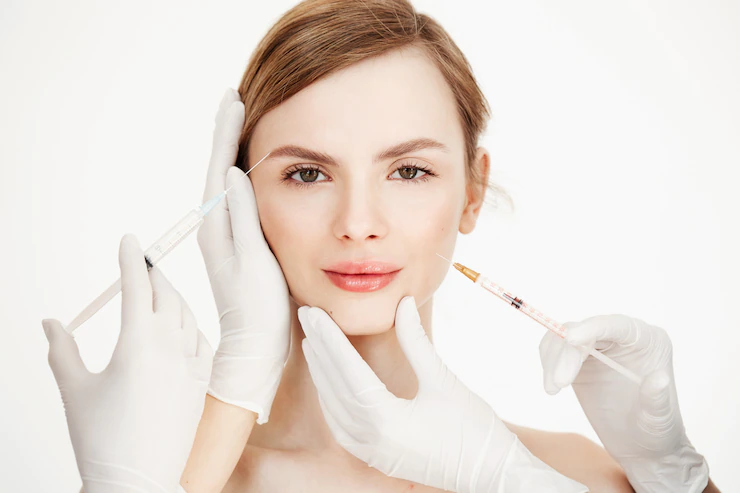
Botox first entered the world of cosmetics in the early 1990s when it was used to treat muscle spasms. Over the next few years, it became increasingly popular as a beauty treatment, and today it is one of the most commonly used cosmetic ingredients.
One of the major factors that have helped make botox so popular is its relatively short duration of action. Most users see results within a few days, which makes it easy to use and maintain. Many cosmetic companies now market their products as containing “botox for the face,” which gives consumers an idea of what kinds of results they can expect.
The Different Types of Botox
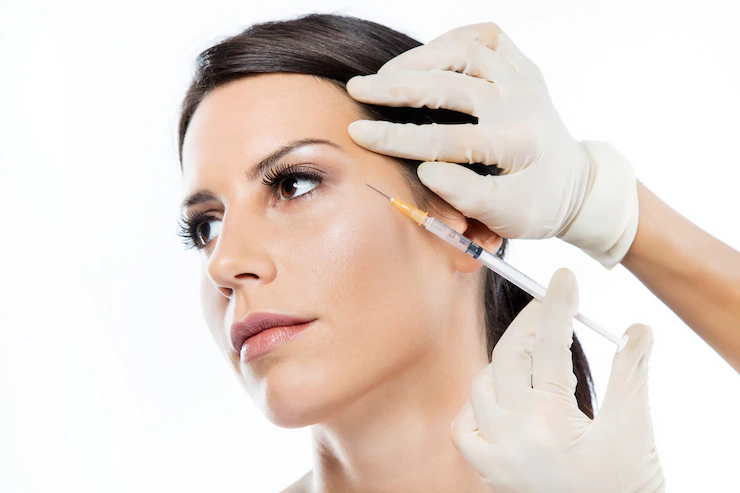
Botox is a neurotoxin that works by blocking nerve signals. This results in smooth muscles not contracting properly, which can temporarily reduce wrinkles and lines.
There are three types of botox: BTX-A, BTX-B, and BTX-E.
BTX-A is the most common type of botox used in cosmetics because it has a longer-lasting effect compared to other types of botox.
BTX-B has a shorter effect than BTX-A and is used for smaller areas such as the mouth, forehead, or lower eyelid.
BTX-E is less common than BTX-A and BTX-B and is used for larger areas such as the jawline or glabella (the area above your nose).
Social Media’s Popularization Of Botox
The popularity of botox has been attributed to its relatively low cost and its ability to treat a variety of conditions without any side effects. Botox is available over-the-counter in many countries and is often prescribed by dermatologists or plastic surgeons.
The Cosmetic Surgery Review published a study that showed that Botox injections can improve facial attractiveness scores by up to 24%. The popularity of botox has led to concerns about its safety, with reports showing that it can be addictive and cause long-term adverse effects.
With social media, these numbers are only going to grow. People are now more aware of what botox can do for them and are looking for ways to improve their appearance. Botox is a powerful cosmetic ingredient that has helped make the modern face beautiful and changed the way people look.
The Downside To Botox Injections

Botox, a type of injectable medication, was first approved for use in the United States in 1989. Botox is now one of the most commonly used medications in the world, with millions of injections given each year.
However, there are some downsides to Botox use. One downside is that Botox can cause facial muscle paralysis, which can make it difficult to smile or frown. Additionally, Botox injections can also lead to wrinkles around the eyes and mouth.
Botox can encourage codependency, which is a problem that is on the rise. There are now reports of people becoming addicted to Botox and using it for nonmedical reasons. This addiction can lead to permanent adverse effects, including wrinkles around the eyes and mouth, facial paralysis, and even death.
The history of botox can be quite complicated, but knowing the basics will help you understand the benefits and drawbacks of this powerful cosmetic. Tweak at your own risk.
Additionals:
- 10 best home remedies for glowing skin
- Things To Do At Home If You Get A Rash On Your Face
- How To Choose An Acne Treatment For Your Skin Type
- Lightening Your Skin Safely: Avoid These Practices and Ingredients
